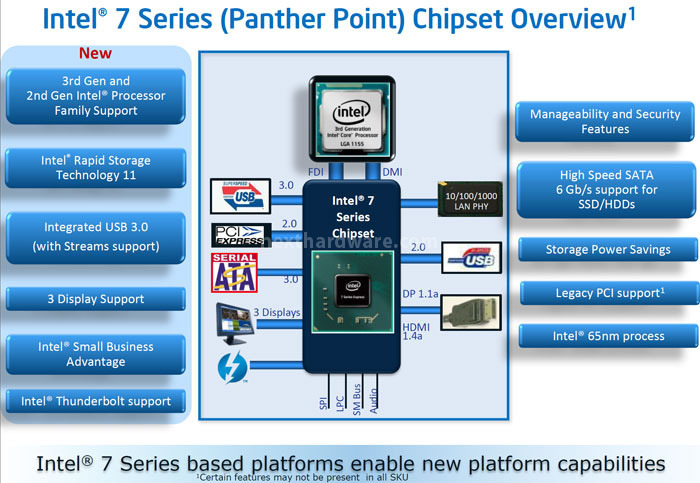

I think the way we see companies simply just offer us the mSATA port on the motherboard is enough. It would be a lot faster than the 32GB drive using the ASUS caching technology, clearly a lot bigger and just overall more convenient. We like the concept, but the main issue we have is that if you've got $449.99 for a motherboard, the chances are that you'll probably have the money to afford a decent sized SATA III SSD, to act as your main hard drive. The best feature it brings to the table is that it's an awesome addition so you can easily make use of Intel Smart Response and Rapid Start technology, because we know the 32GB size isn't enough to make it your primary drive.

We want to discuss the included mSATA drive. Hardware component performance is measured by the hardware tests - Computation and Storage - each of which results in a hardware score. Common use performance is measured by the scenario tests - Entertainment, Creativity and Production - each of which results in a scenario score. The Lightweight test measures the system capabilities of entry-level systems and mobility platforms unable to run the PCMark test, but it does not generate a PCMark score. This is the only test that returns an official PCMark score. Overall system performance is measured by the PCMark test. The common use and hardware component tests are unavailable in the Basic Edition. In the Advanced Edition you can choose which tests to run. PCMark 7 includes a range of tests that give different views of your system's performance. Overclocking performance, though, is really strong with our Hyper Pi time coming in under 12 minutes and we see just an overall strong bump in performance under AIDA64. Each "run" is a comparative to ensure accuracy and any stability or performance issues in the loop mentioned above will cause errors in calculation.ĪSUS offers some excellent performance straight out the box and you can see here is no different on the ASUS P8Z77-V PREMIUM. This means that each of the four physical and four logical cores for the i7 and the four physical cores of the i5 is trying to calculate the number Pi out to 32 million decimal places. The faster these components, the faster it is able to figure out the number Pi to the selected length.įor our testing we use the 32M run. It is very dependent on CPU to memory to HDD speed. HyperPi is a front end for SuperPi that allows for multiple concurrent instances of SuperPi to be run on each core recognized by the system.
AI SUITE 3 Z77 FIX DOWNLOAD
CPU Benchmarks HyperPi 0.99ĭeveloper Homepage: Product Homepage: Download It Here This is a really strong overclock and should bring with it some strong performance gains. Looking above you can see we managed to get a 100.59 BCLK alongside the 47x multiplier which brought us up to 4727MHz or 4.73GHz, as illustrated in our graphs here today. So with that done we headed back into the BIOS and started to mess around a little with the BCLK and voltages to see if we could move past 4.7GHz. We ran Media Espresso and we completed the run with absolutely no issue.
AI SUITE 3 Z77 FIX WINDOWS
The ASUS P8Z77-V PREMIUM in this case got straight into Windows without any problems. Some boards get into Windows with no problem, others simply don't boot or BSOD on the way in. Like we do with most Z77 boards these days we adjust our voltages and move to a 47x multiplier. Before we cover the performance of the board here today, let's take the time to quickly go over the overclocking side of things.
.png)
We would like to thank the following companies for supplying and supporting us with our test system hardware and equipment: Intel, ASUS, MSI, Western Digital, MemoRight and Corsair.Īlongside the ASUS P8Z77-V PREMIUM which will be running at stock and overclocked we've also got ASUS P8Z77-V Pro/Thunderbolt we looked at just the other day.Īlong with those two boards we've also got the ASRock Z77 OC Formula, GIGABYTE Z77X-UD4H, another ASUS offering in the form of the Maximus V GENE and finally a X79 / C606 based board in the GIGABYTE X79S-UP5-WiFi.


 0 kommentar(er)
0 kommentar(er)
